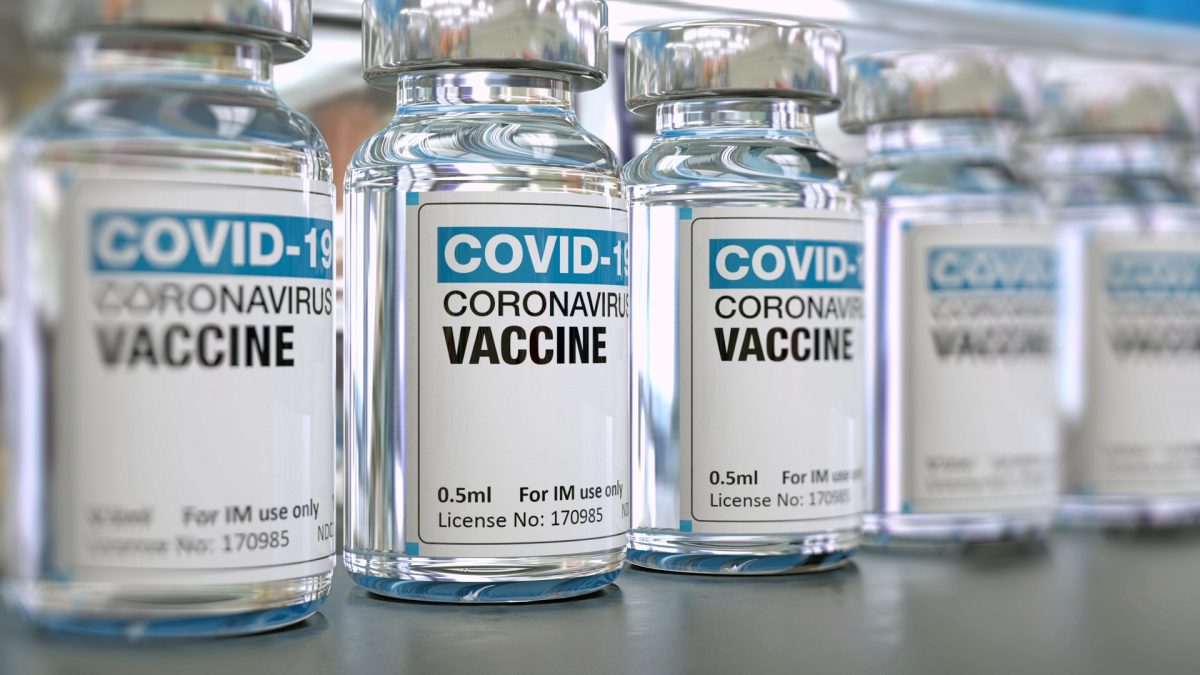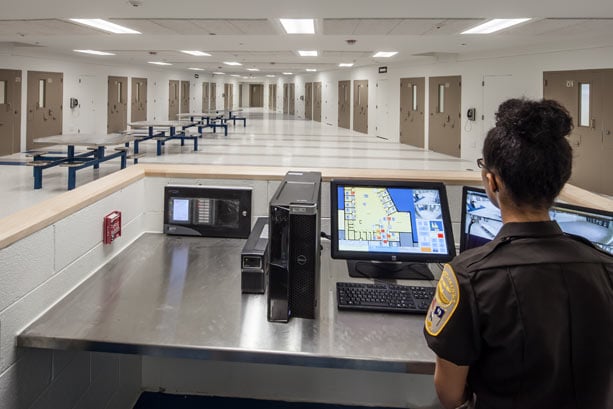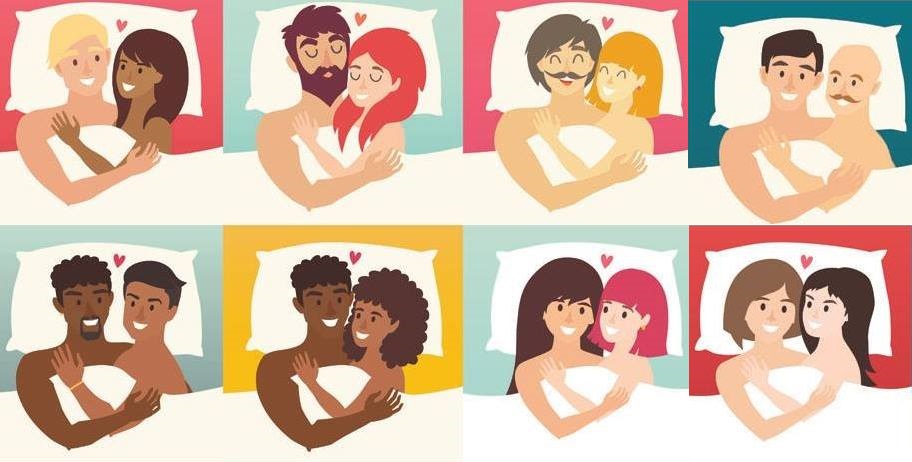With Pfizer and Moderna vaccines reaching increasing numbers of Virginians, the commonwealth is eager to be through the worst of the COVID-19 pandemic. However, it's become clear in recent weeks that we still have a long road ahead. As Virginia grapples with record...



